Birds make wonderful companions with their vibrant personalities, beautiful songs, and intelligent behaviors. However, providing them with an appropriate living space requires careful consideration of both cleanliness and enrichment without creating a cramped environment. A well-designed bird cage serves as your feathered friend’s primary territory—their home within your home. This article explores how to create a cage environment that promotes physical and psychological well-being while maintaining cleanliness and preventing overcrowding, helping your avian companion thrive for years to come.
Understanding Your Bird’s Spatial Needs
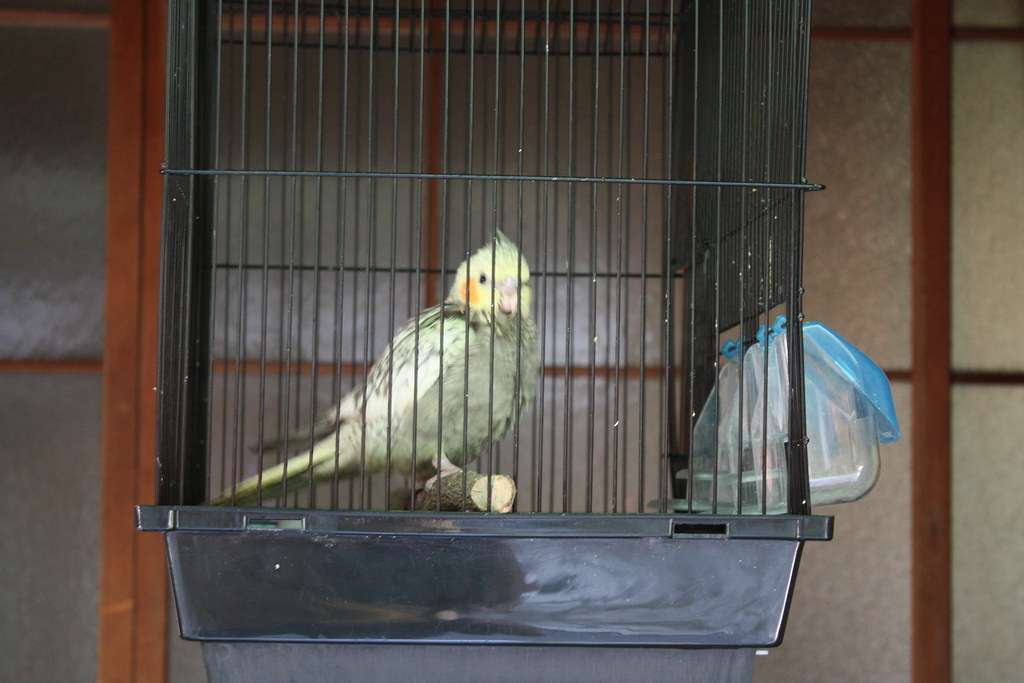
Different bird species require varying amounts of space based on their size, activity level, and natural behaviors. Finches and canaries need horizontal space for flying side-to-side, while parakeets, cockatiels, and larger parrots need vertical space for climbing. As a general rule, your bird’s cage should be large enough for them to fully extend their wings without touching the sides. Remember that the minimum cage sizes often recommended by pet stores are truly just minimums—whenever possible, opt for the largest cage your living space and budget can accommodate. Birds kept in appropriately sized cages experience less stress, exhibit fewer behavioral problems, and generally live healthier lives than those kept in cramped quarters.
Selecting the Right Cage Design
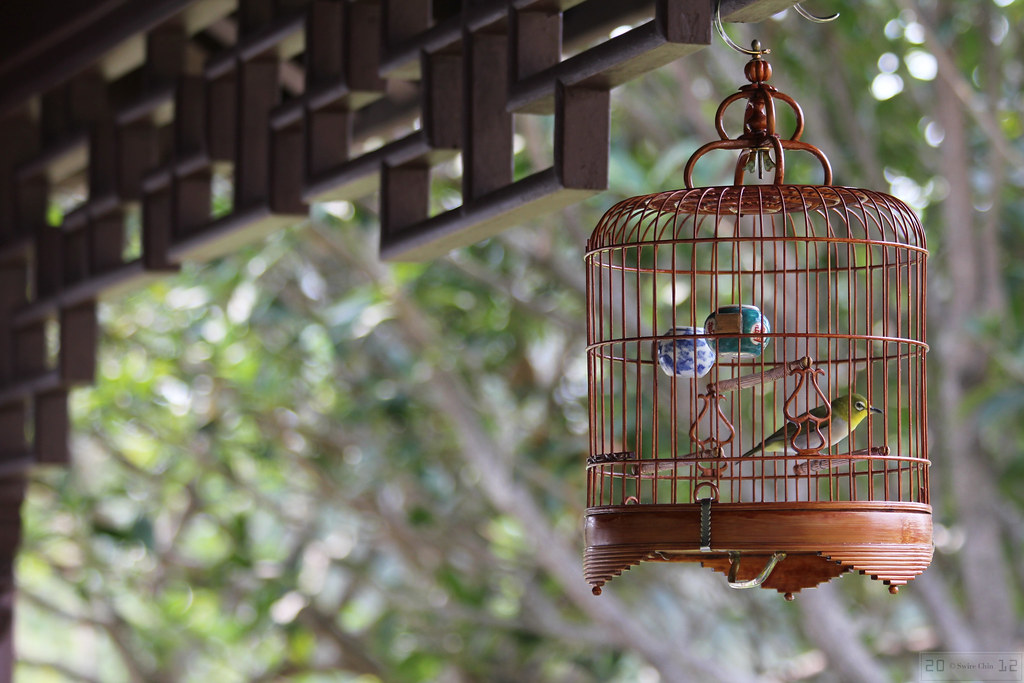
When choosing a cage, consider both bar spacing and configuration to ensure safety and comfort. Bar spacing should be appropriate for your bird’s size—too wide, and small birds can escape or get their heads stuck; too narrow, and larger birds may catch their beaks or toes. Look for cages with horizontal bars to facilitate climbing for many species.
The cage door should be large enough to easily insert and remove perches, toys, and food dishes without disturbing the entire setup. High-quality stainless steel or powder-coated cages offer the best balance of durability and safety, though powder-coated cages should be monitored for chipping that could expose harmful metals underneath. Consider rectangular or flight cages rather than round ones, as they provide more usable space and corners where birds can feel secure.
Strategic Cage Placement in Your Home
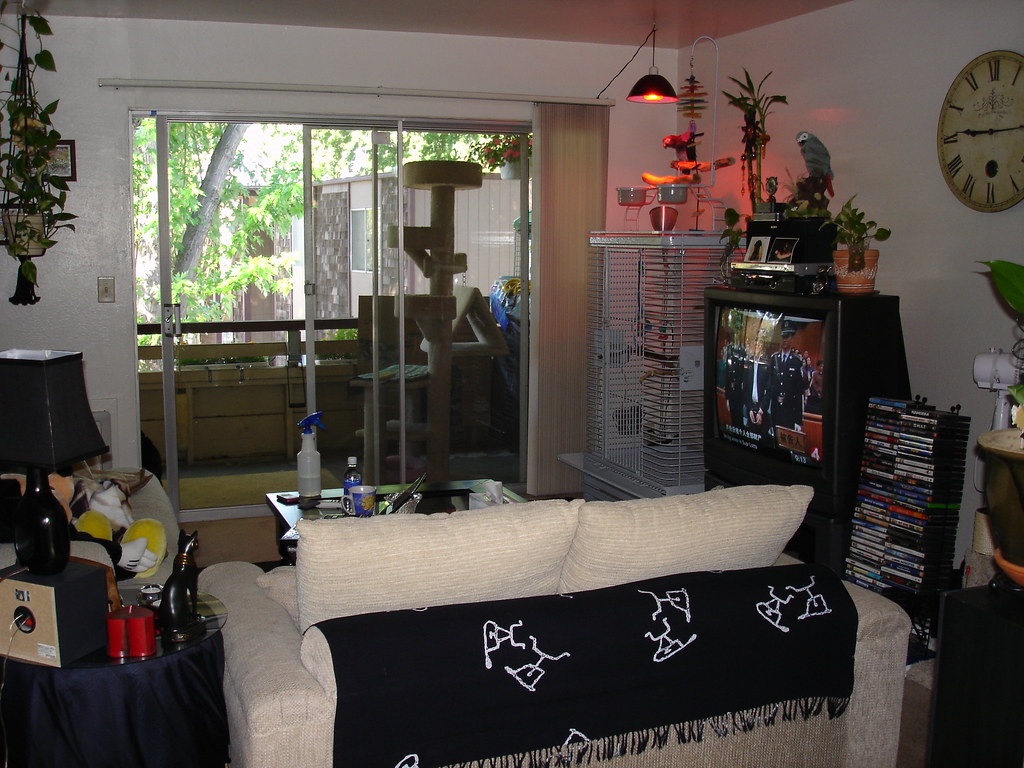
Where you place your bird’s cage significantly impacts their well-being and your cleaning routine. Position the cage against a wall rather than in the center of a room to provide your bird with a sense of security while still allowing them to observe their surroundings. Avoid placing cages near kitchens where cooking fumes can be harmful, or in drafty areas near doors, windows, or air vents. Direct sunlight exposure should be limited to prevent overheating, though access to natural (non-filtered through glass) sunlight for short periods can be beneficial for vitamin D synthesis. The ideal location balances social interaction with your family while providing quiet times for rest—many bird owners find that living rooms or home offices work well, allowing birds to feel included in family activities without constant disturbance.
Essential Cage Furnishings vs. Clutter
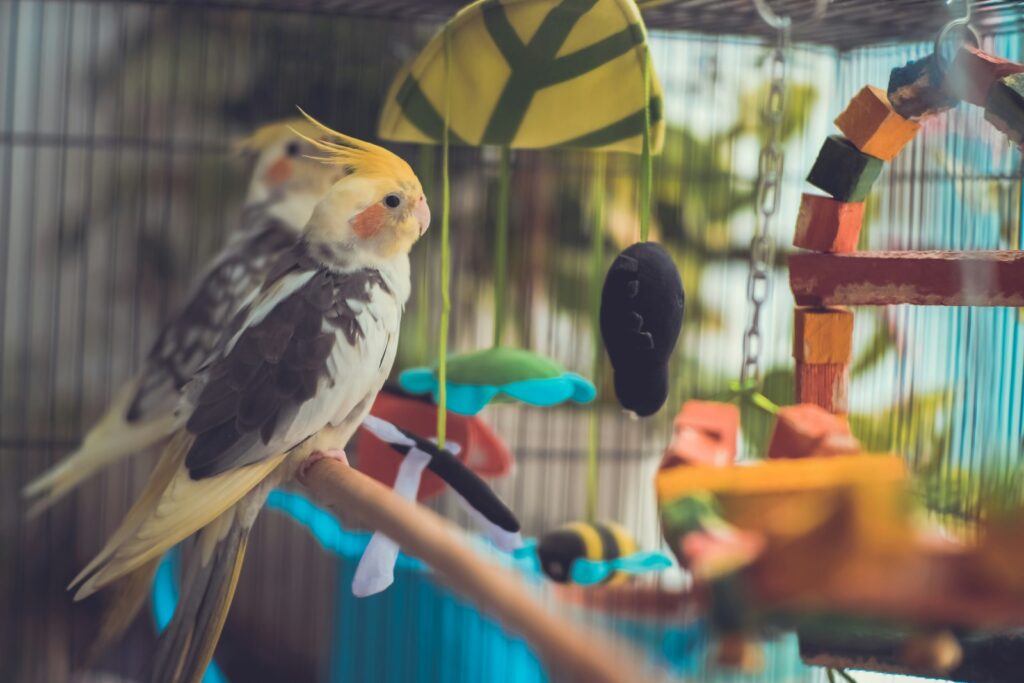
Creating an enriched environment doesn’t mean filling every inch of the cage with items. Start with the essentials: appropriate food and water containers, preferably stainless steel for durability and ease of cleaning. Include a variety of perches of different diameters and textures to promote foot health and prevent pressure sores. Natural wood perches, rope perches, and concrete perches for nail maintenance provide beneficial variety. Food and water stations should be positioned to prevent contamination from droppings, typically placed higher in the cage with perches arranged thoughtfully below. Remember that birds need open flying space within their cage, so leave the center relatively clear, positioning toys and accessories around the periphery rather than cluttering the middle space.
Choosing Appropriate Enrichment Items
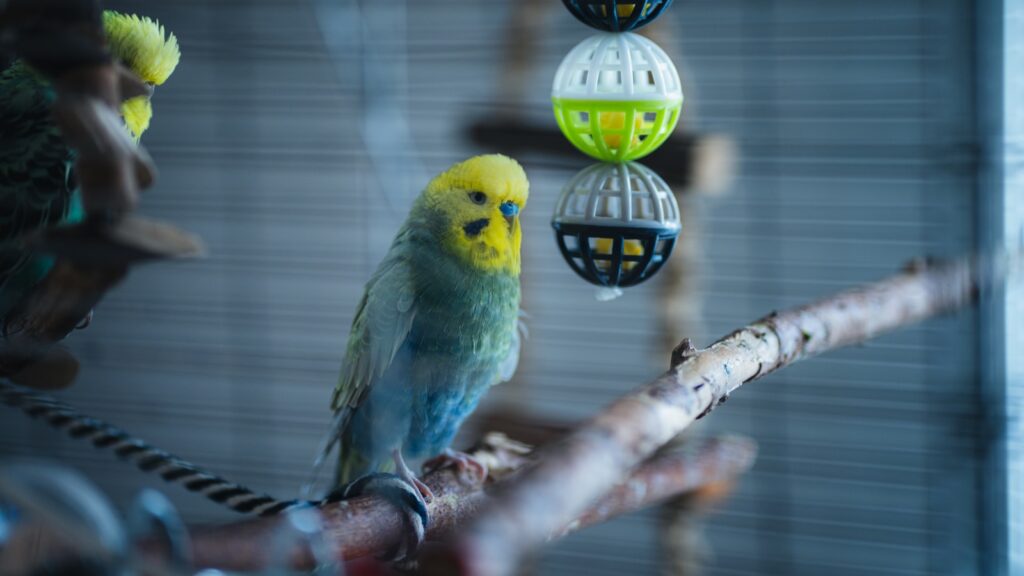
Enrichment items should stimulate your bird’s natural behaviors without overwhelming their living space. Focus on quality over quantity by selecting toys that serve multiple purposes—foraging toys encourage natural food-seeking behaviors while also providing mental stimulation. Rotate toys weekly rather than permanently installing all toys at once, which keeps the environment novel and interesting while preventing overcrowding.
Different bird species have different play preferences: parrot species often enjoy puzzles and destructible items, while finches might prefer swings and mirrors. Pay attention to your bird’s interaction with various toys to determine their preferences. Materials should always be bird-safe, avoiding zinc, lead, thin plastics that can be ingested, and toxic woods like cherry, cedar, or pressure-treated lumber.
Designing a Logical Cage Layout
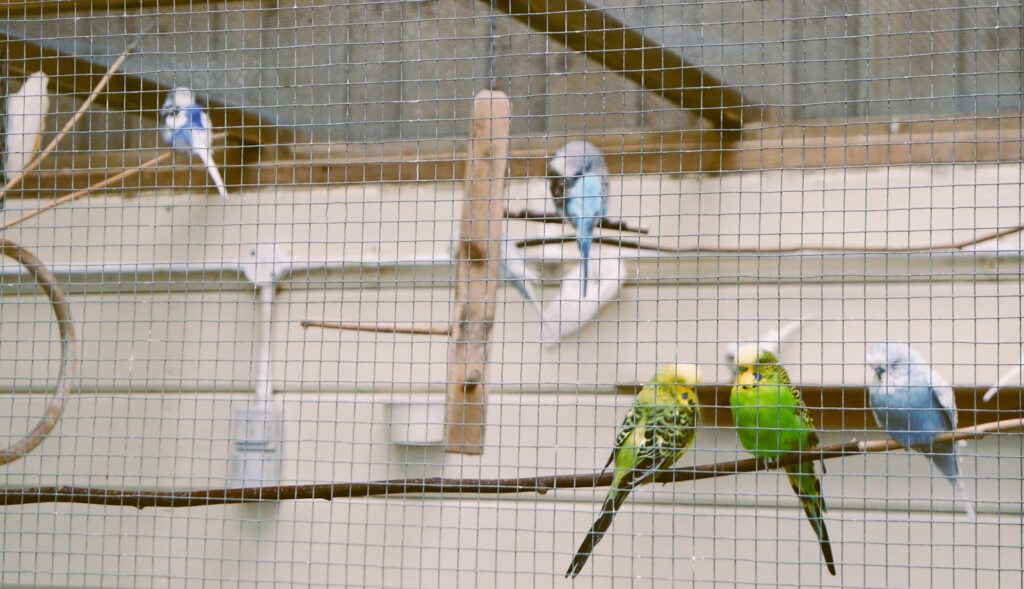
Thoughtful arrangement of cage elements creates functional zones that support natural behaviors while facilitating cleanliness. Create distinct areas for feeding, playing, and sleeping within the cage. Position perches at varying heights, with sleeping perches placed higher up where birds naturally feel more secure at night. Ensure that perches don’t sit directly above food and water dishes to prevent contamination from droppings. Leave enough space between items so your bird can move freely without having to squeeze between objects. Consider your bird’s natural habits—for example, many parrots prefer to sleep on one side of their cage and play on another, so organizing accessories accordingly can reduce stress and promote natural behaviors.
Implementing Efficient Cleaning Systems
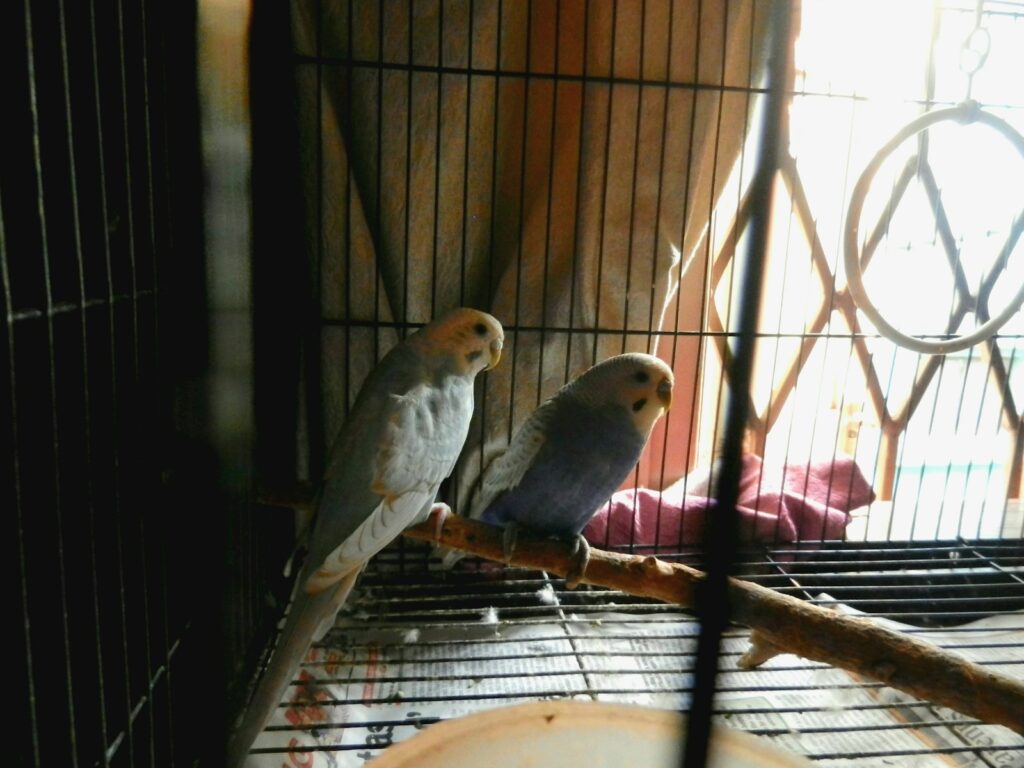
A clean cage is essential for bird health, and the right setup makes maintenance much easier. Select a cage with a removable bottom tray that can be lined with appropriate paper for easy cleaning—avoid newspaper with colored inks, which can contain toxins. Consider investing in cage liners specifically designed for your cage model, or use plain white paper, brown kraft paper, or unscented paper towels.
Grated flooring that separates birds from their droppings can reduce contact with waste, though some birds enjoy foraging on the cage floor, so consider your species’ natural behaviors. Position a clear plastic guard around the lower portion of the cage to catch seeds and debris, preventing mess from spreading to surrounding areas. Establish a daily quick-clean routine in addition to weekly deep cleaning to maintain hygiene without constantly disturbing your bird.
Safe and Effective Cleaning Products
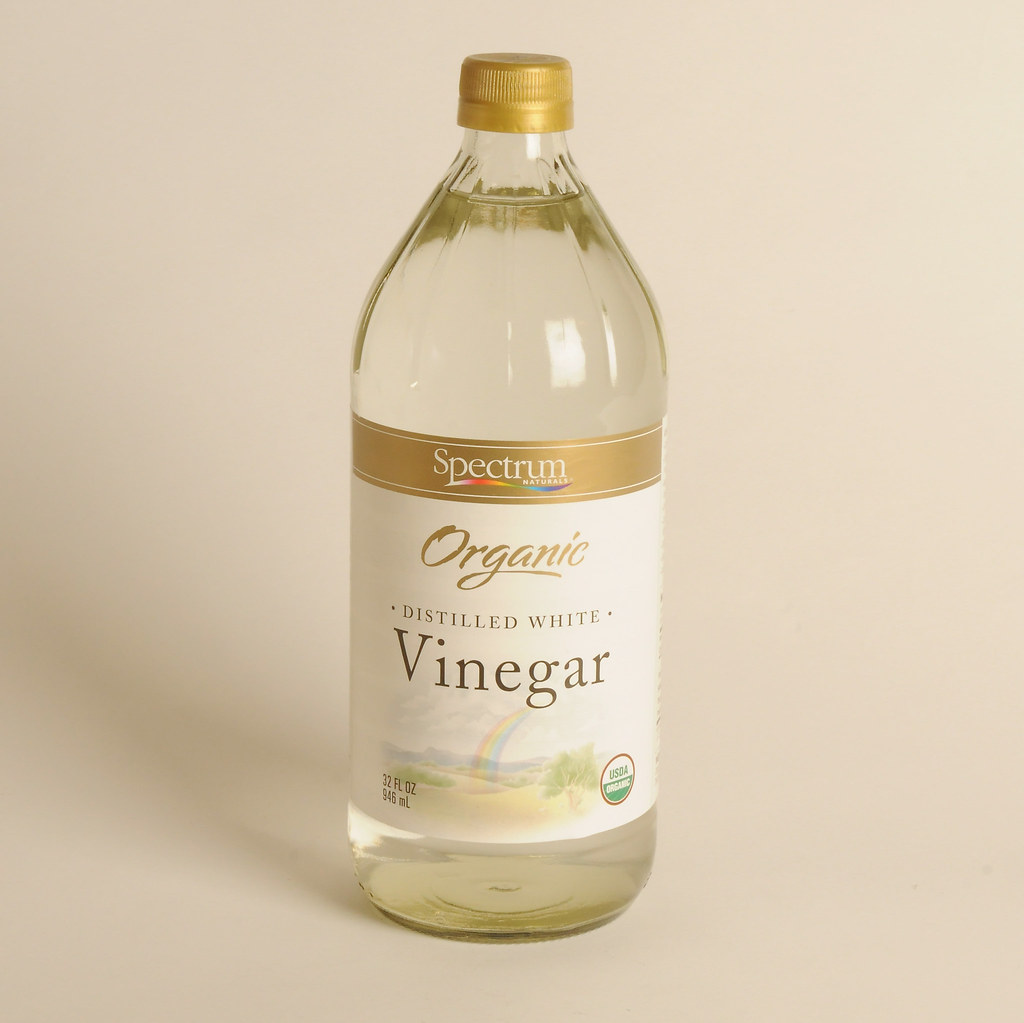
The products you use to clean your bird’s cage must be effective against pathogens while remaining non-toxic to your sensitive avian companion. Avoid commercial cleaners containing phenols, ammonia, chlorine, or artificial fragrances, as birds’ respiratory systems are extremely sensitive to these chemicals. Instead, rely on bird-safe alternatives such as diluted white vinegar (1 part vinegar to 2 parts water), which effectively disinfects most surfaces.
Food-grade hydrogen peroxide (3%) can be used for deeper disinfection when needed. Steam cleaning is another excellent option that disinfects without chemicals. Always thoroughly rinse and completely dry any cage components after cleaning before returning them to use. Keep separate cleaning tools designated only for the bird cage to prevent cross-contamination from other household cleaning products.
Establishing a Practical Cleaning Schedule
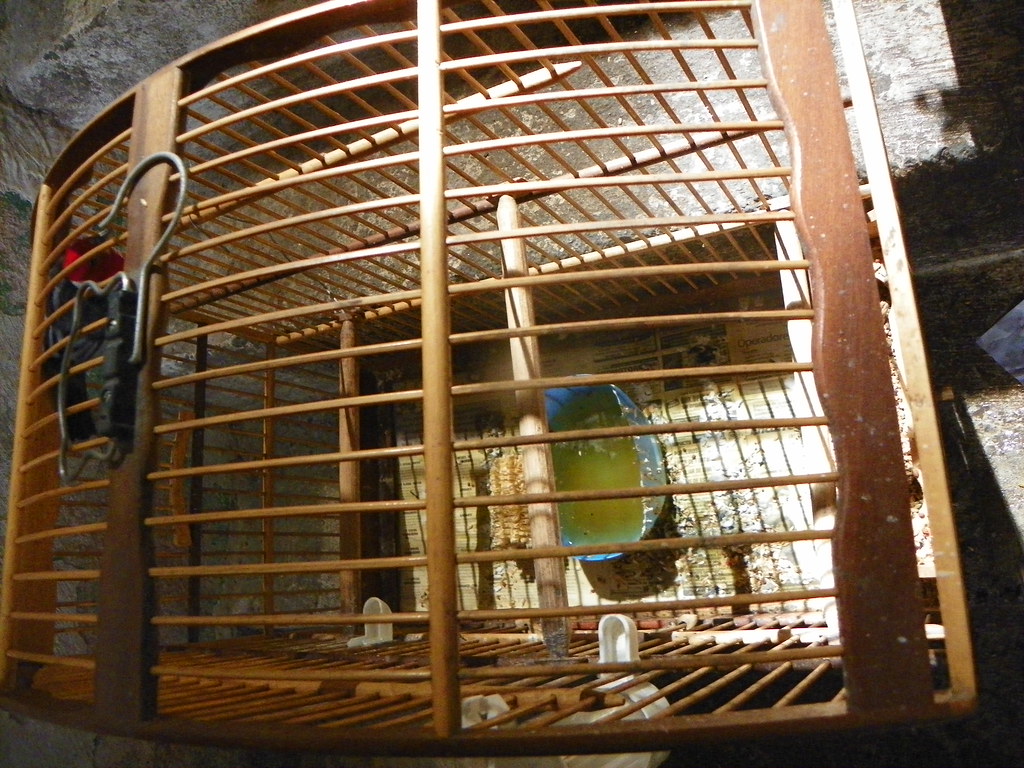
Maintaining cleanliness requires a consistent schedule that balances hygiene with minimal disruption to your bird. Daily maintenance should include changing paper liners, cleaning food and water dishes, and wiping obvious droppings from perches. Perform a more thorough cleaning weekly, including washing perches, toys, and cage bars with bird-safe cleaning solutions. Monthly deep cleans should involve completely disassembling the cage to clean all components, including hard-to-reach corners and connections. Adjust this schedule based on your specific bird—larger birds or multiple birds may require more frequent cleaning, while a single small bird might need less intensive maintenance. Remember that regular cleaning prevents the buildup of harmful bacteria, mold, and ammonia from droppings that can lead to respiratory issues.
Creating Environmental Enrichment Beyond Toys
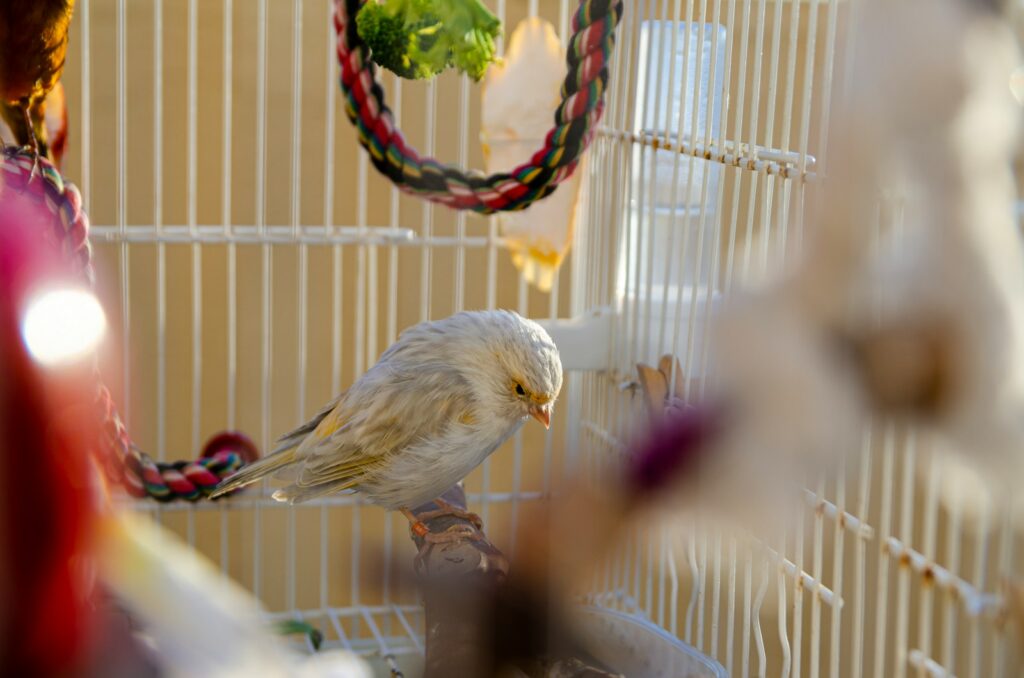
Enrichment encompasses more than just physical toys—it includes all aspects of environmental stimulation. Incorporate varied sensory experiences such as natural branches with bark (from non-toxic trees like apple, pear, or willow) that provide tactile variety and encourage natural behaviors like stripping bark. Position the cage near windows with bird feeders outside to provide visual stimulation and “bird TV.” Consider using a shallow dish of water for bathing opportunities, which many birds enjoy as both hygiene and play. Rotate the cage position occasionally to provide new views and stimulation. Audio enrichment through nature sounds or specific music designed for birds can also enhance their environment without taking up physical space in the cage.
Balancing Out-of-Cage Time with Cage Space
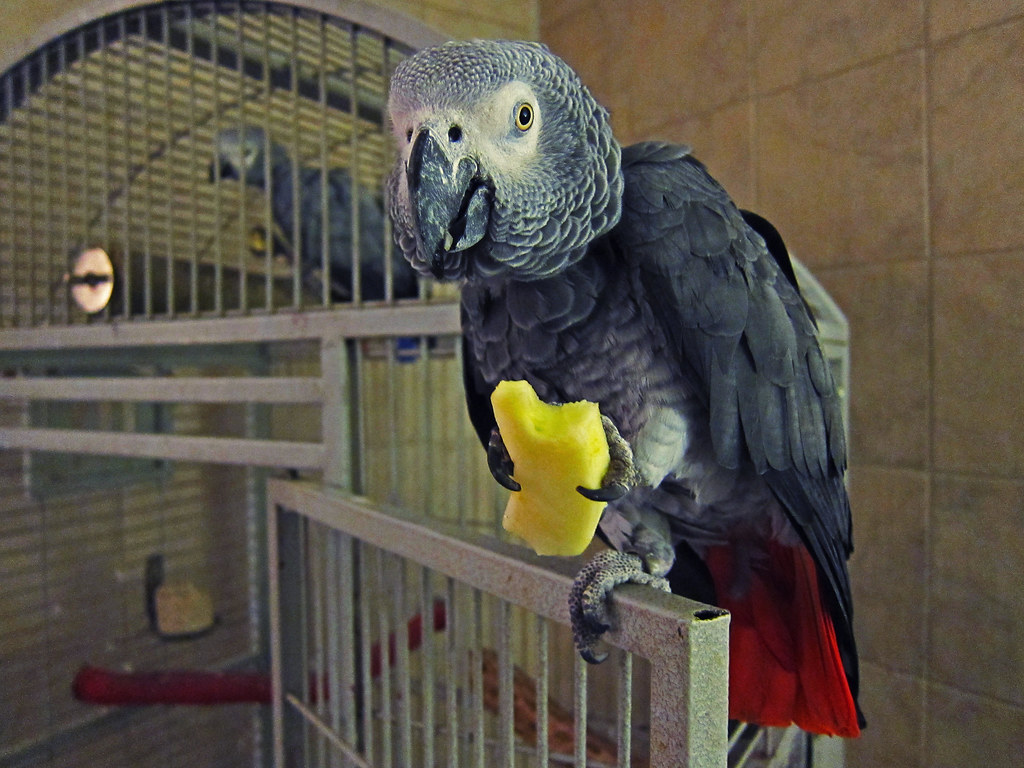
Regular time outside the cage is essential for physical exercise and mental stimulation, and can compensate for a smaller cage if necessary. Create a bird-safe area in your home where your feathered friend can exercise freely under supervision, ideally daily. This area should be free from hazards such as ceiling fans, open windows, toxic plants, and curious pets. For smaller birds, a portable play gym can provide entertainment while taking up minimal space when not in use. Establish a consistent routine for out-of-cage time so your bird knows when to expect freedom, reducing frustration and cage-bound behaviors. Remember that even with regular out-of-cage time, the cage itself must still meet minimum size requirements for your specific bird species.
Monitoring Your Bird’s Response to Their Environment
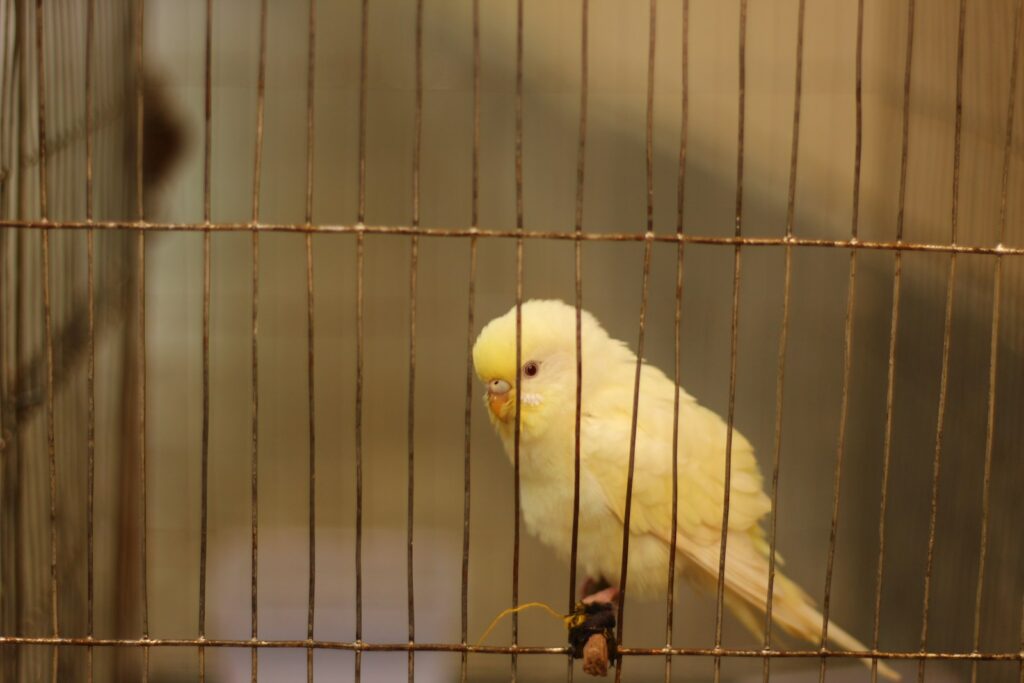
Birds communicate their comfort or stress through behavioral cues that attentive owners can recognize. Signs of a well-designed cage environment include active exploration, playfulness, singing or vocalizing, and comfortable resting behaviors. Warning signs that your cage may be overcrowded or inadequately enriched include feather plucking, excessive screaming, stereotypic behaviors like pacing or head swinging, aggression, or lethargy.
Pay particular attention to your bird’s behavior immediately after you’ve made changes to their cage setup. Some birds are initially cautious about new items but warm up over time, while others may show immediate interest or dislike. Be prepared to adjust your cage setup based on your individual bird’s feedback, as even birds of the same species can have different preferences.
Adapting the Cage as Your Bird Ages
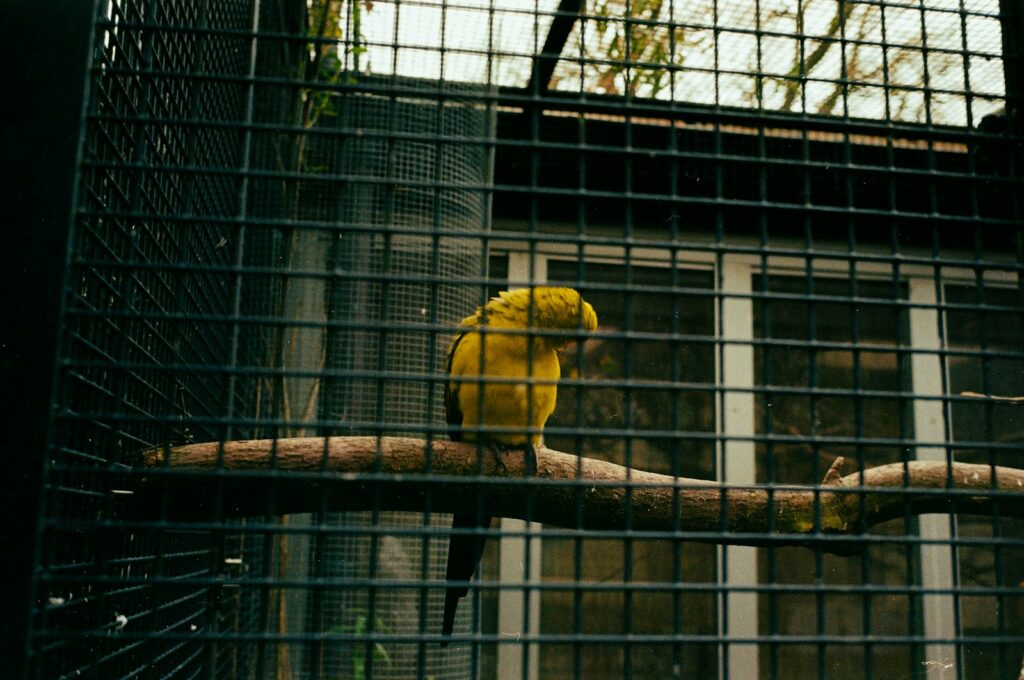
Your bird’s needs will change throughout their lifetime, requiring adjustments to their living space. Young birds typically have higher energy levels and may require more toys and climbing opportunities. As birds mature, their preferences may shift toward more intellectual challenges like puzzle toys or foraging activities. Senior birds often benefit from easier navigation with ramps, lower perches, and softer surfaces to accommodate potential arthritis or reduced mobility.
Medical conditions may necessitate temporary cage modifications, such as limiting height for birds with balance issues or providing specialized perches for foot problems. Regular veterinary check-ups can help identify when age-related changes to the cage environment might benefit your bird, ensuring their home remains comfortable throughout their entire life span.
Special Considerations for Multi-Bird Households
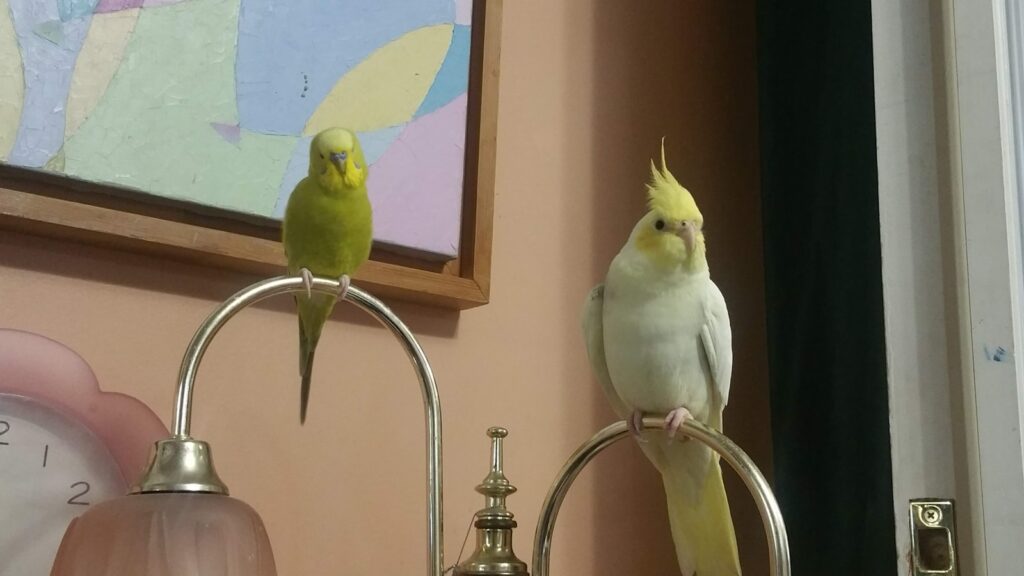
Housing multiple birds requires careful planning to prevent overcrowding while meeting social needs. Generally, the cage size should increase proportionally with each additional bird, with much more space needed for birds housed together than the sum of their individual minimum requirements. Consider the social dynamics—some species are highly territorial and require separate cages, while others thrive with companionship.
If housing birds together, provide multiple feeding stations to prevent resource guarding and ensure each bird has access to food and water. Create multiple “territories” within the cage with separate perching and sleeping areas. Watch for signs of conflict such as one bird preventing another from accessing resources, which indicates the current arrangement isn’t working and changes are needed.
Creating a clean, enriched, and spacious bird cage environment requires thoughtful planning and regular maintenance, but the rewards are immeasurable in terms of your bird’s health, happiness, and longevity. By understanding your bird’s specific needs, selecting appropriate cage features, and establishing effective cleaning routines, you can create a living space that supports both physical health and psychological well-being. Remember that your bird’s cage is their primary territory—a space where they should feel secure, stimulated, and comfortable. Through careful attention to both enrichment and cleanliness without overcrowding, you provide the foundation for a thriving bird-human relationship that can bring joy for many years to come.

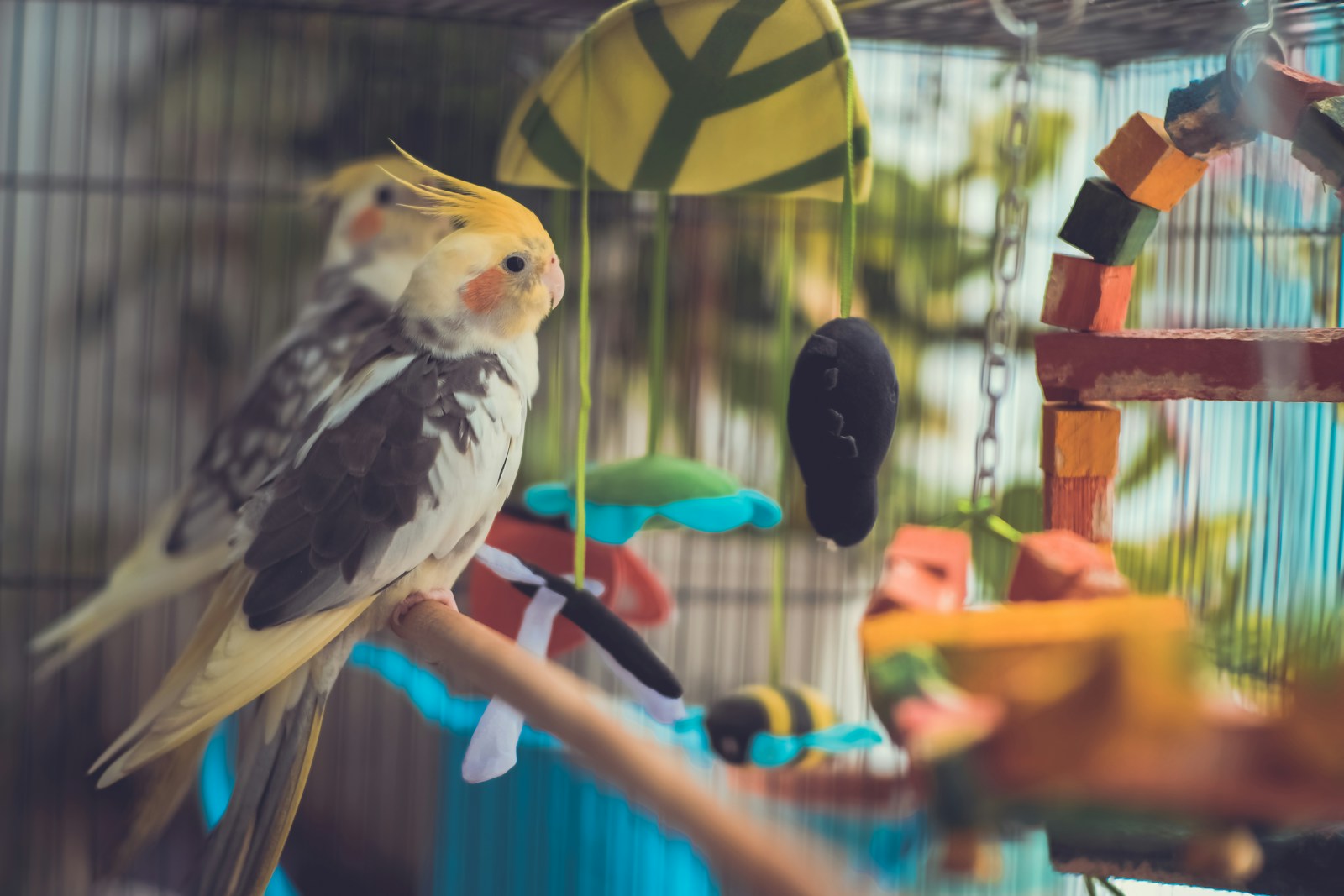
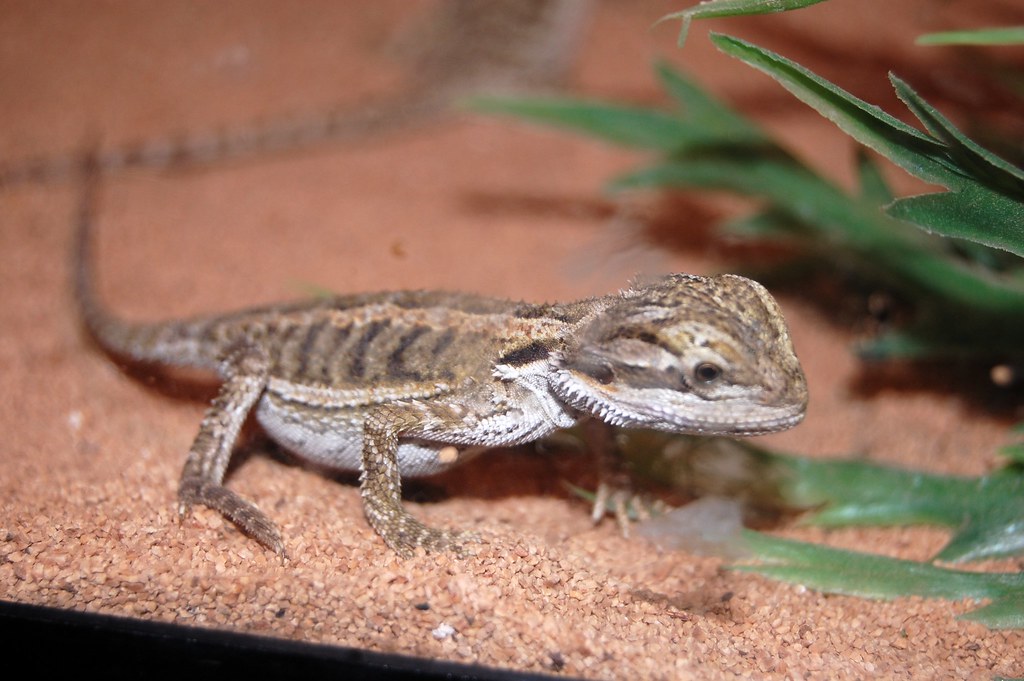
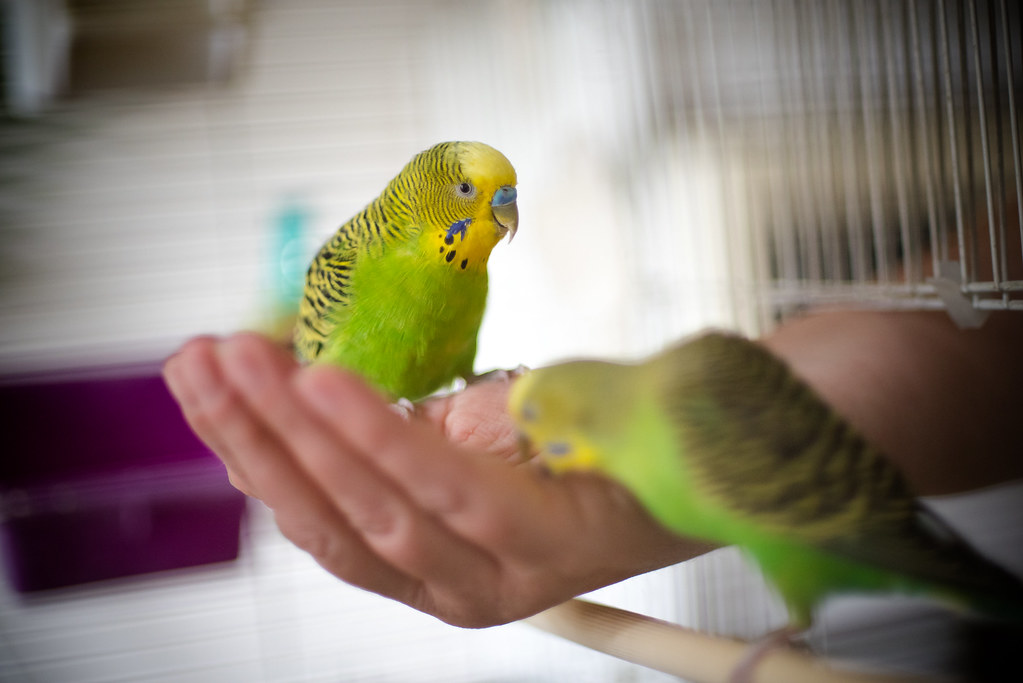
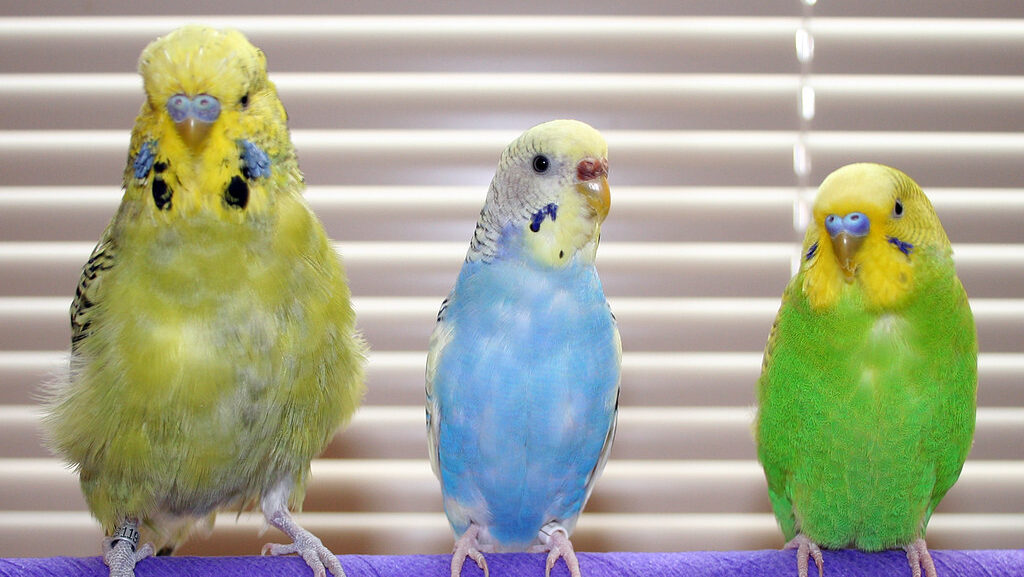
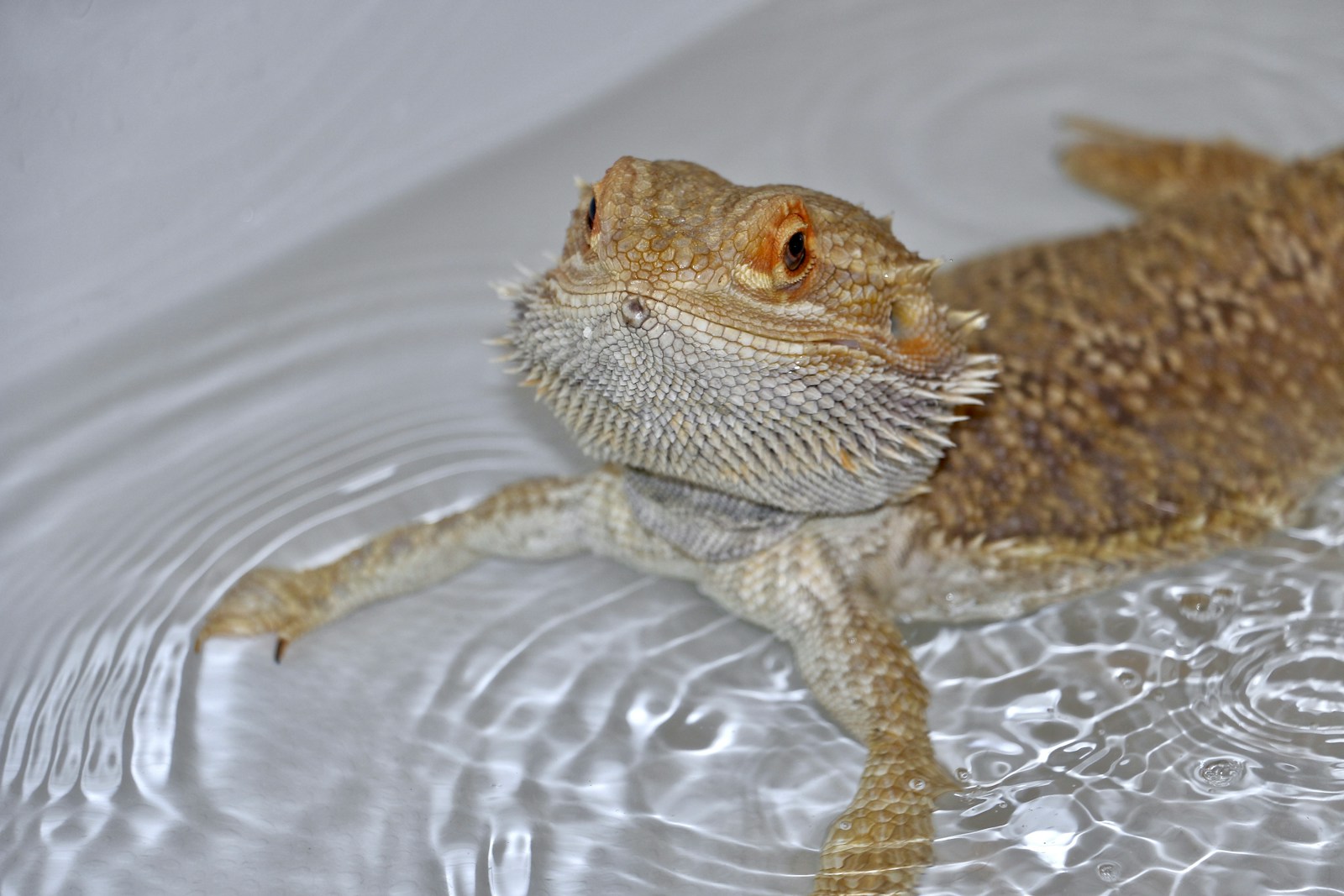
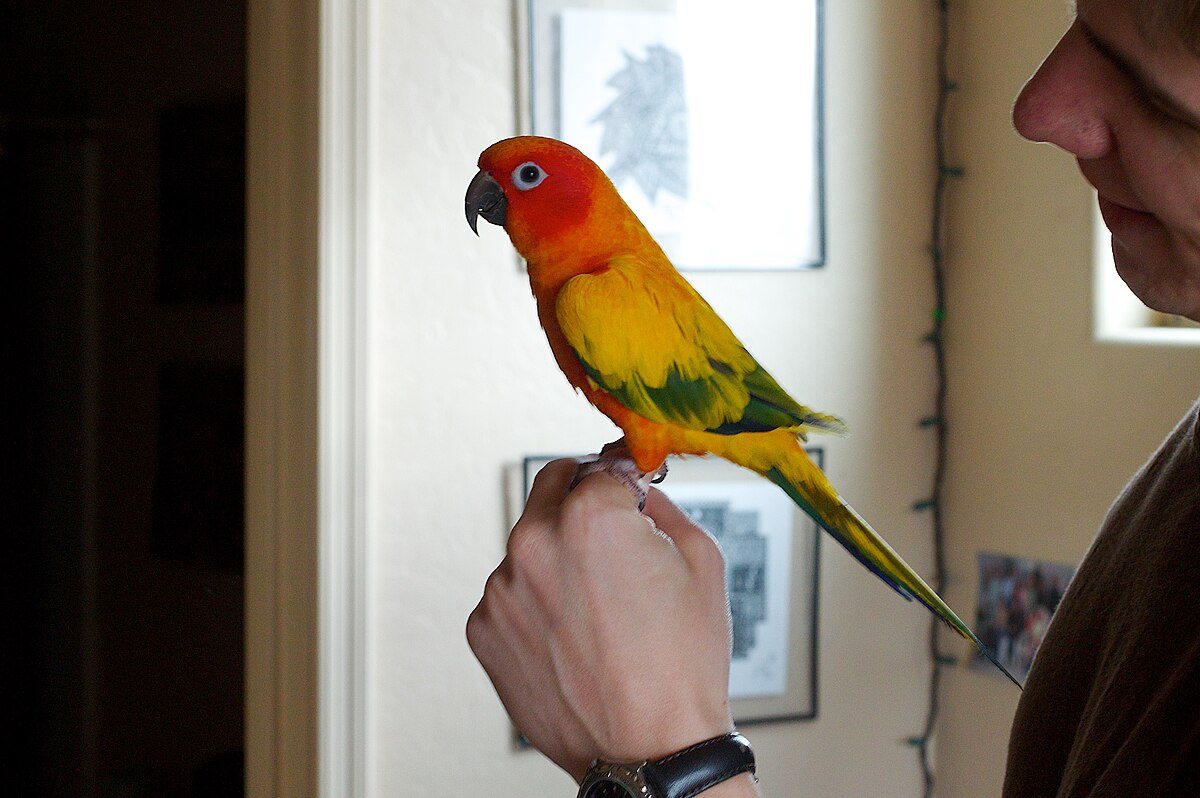
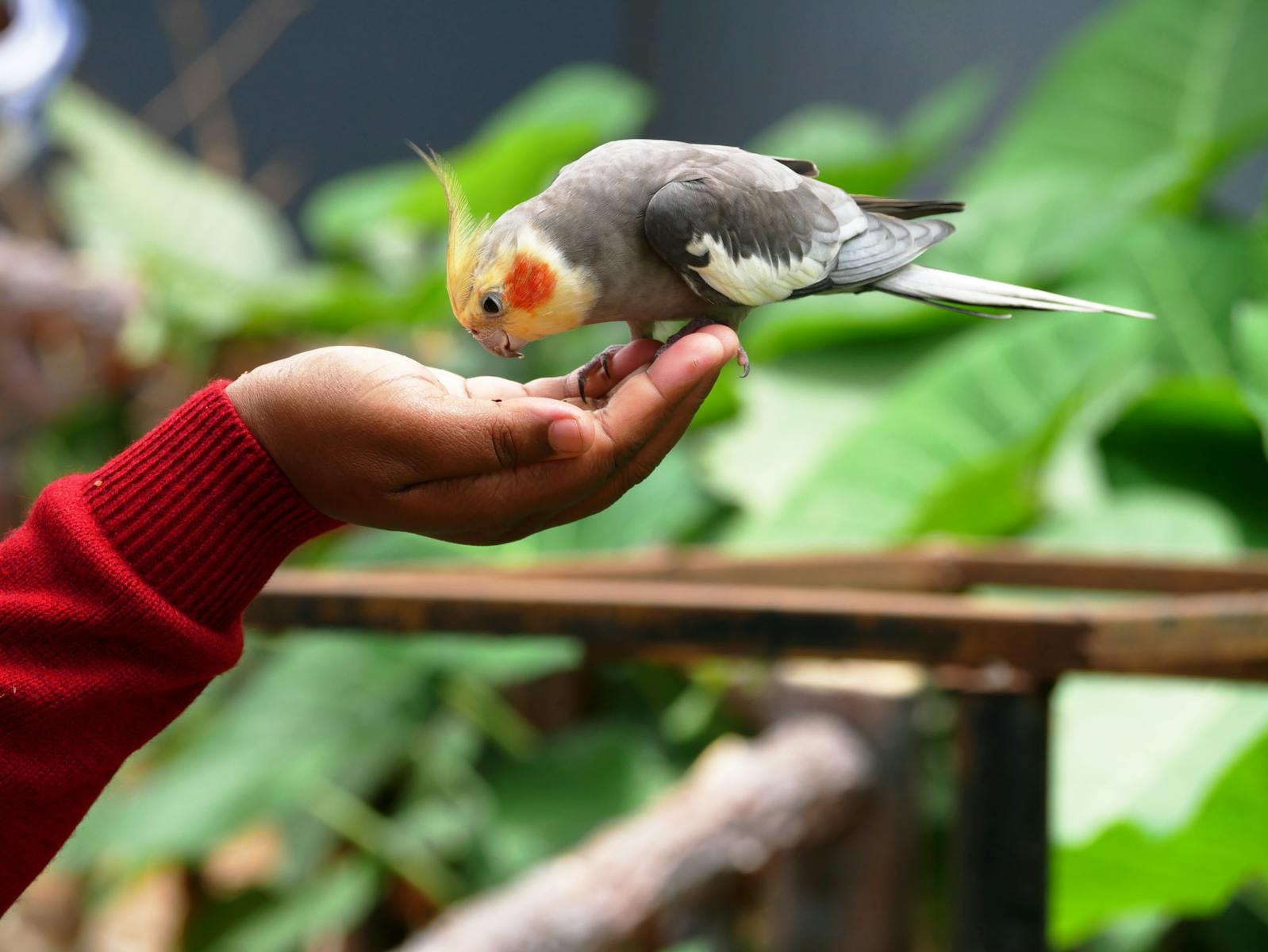
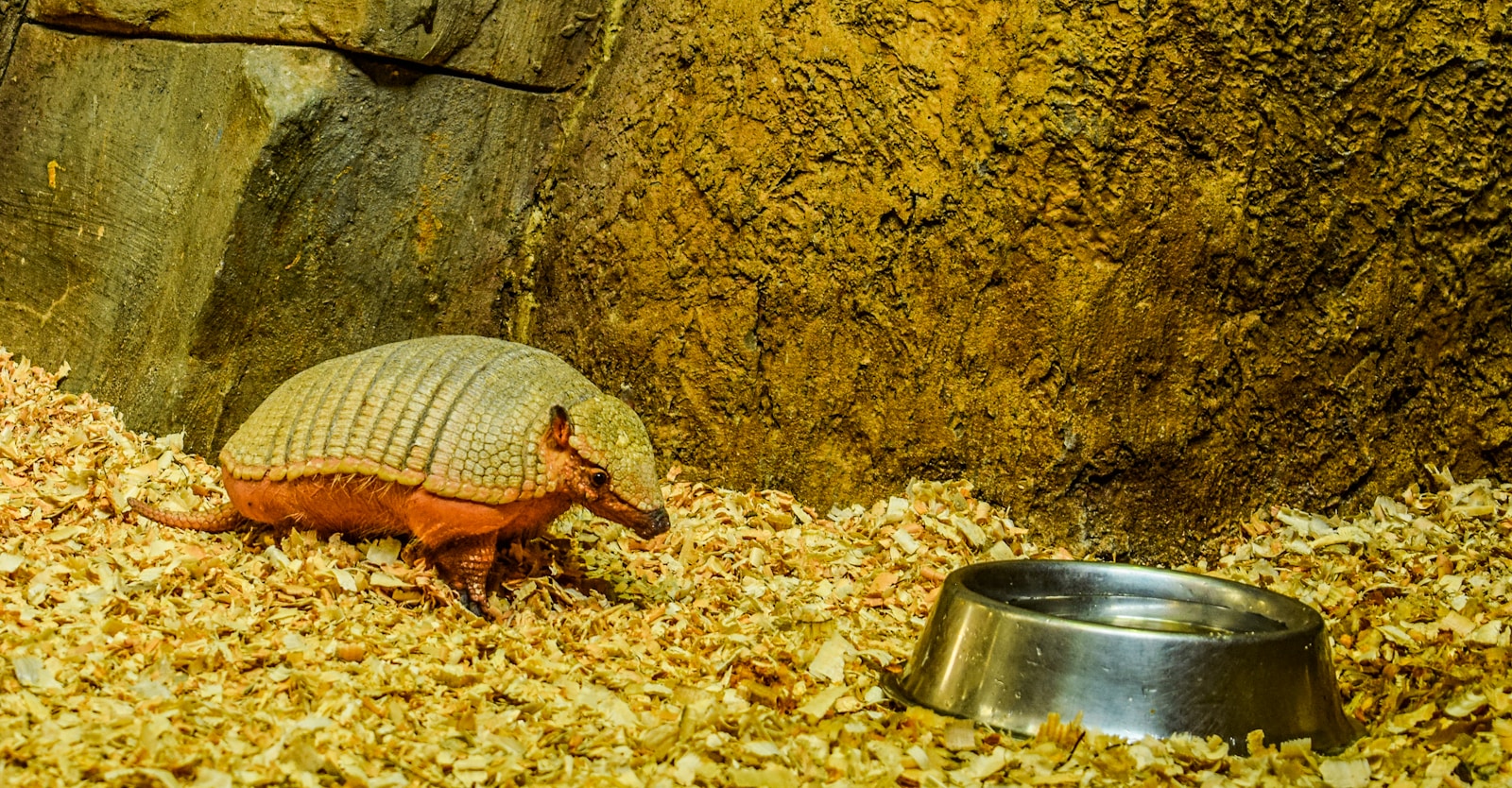
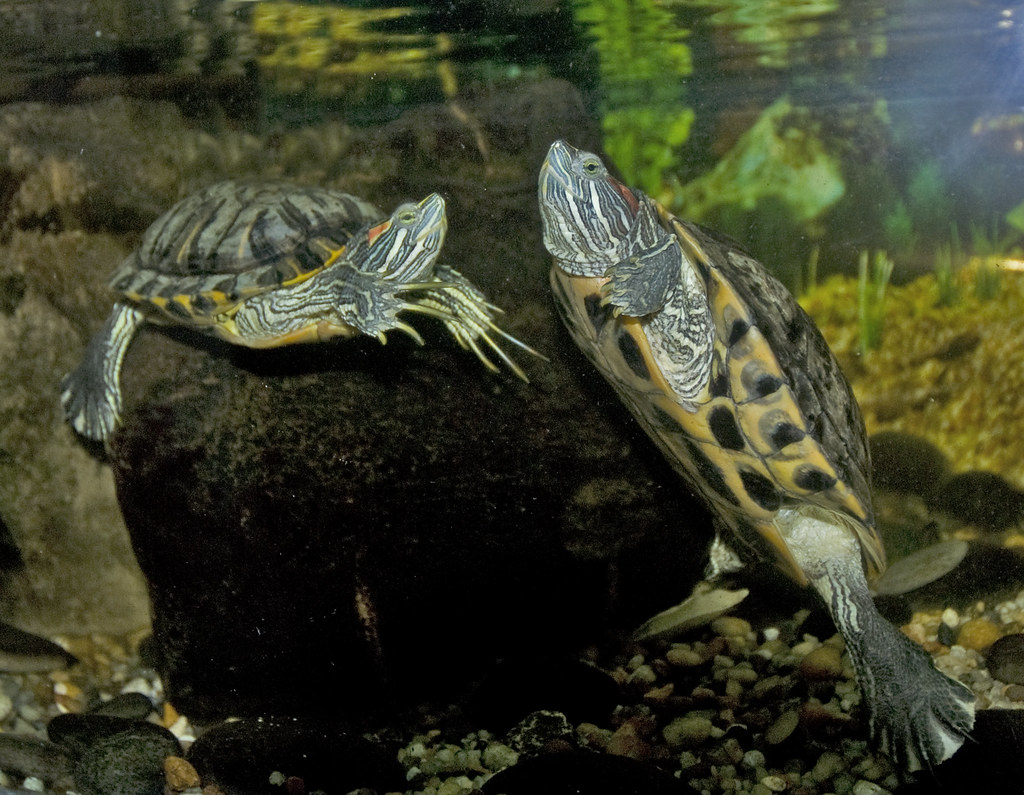
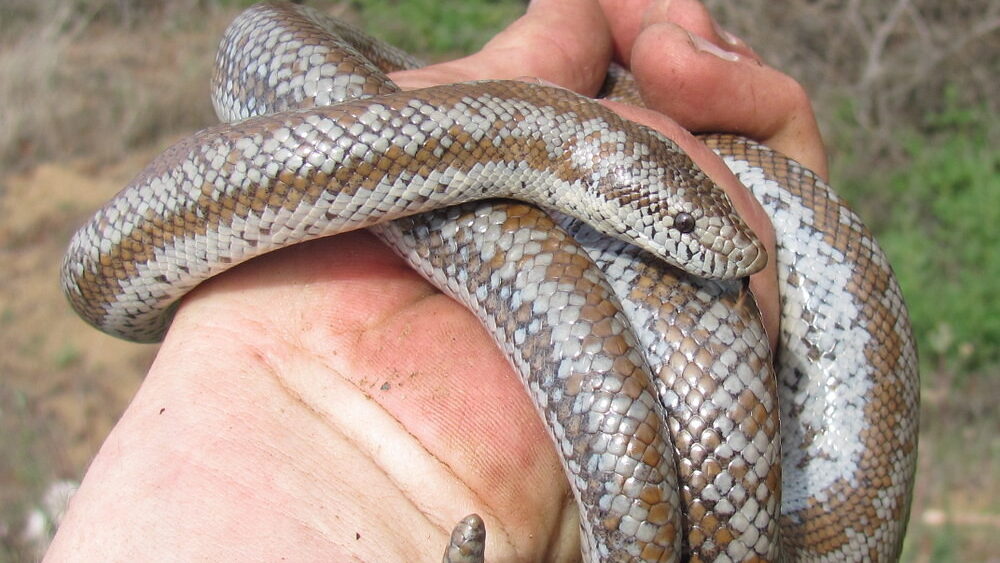
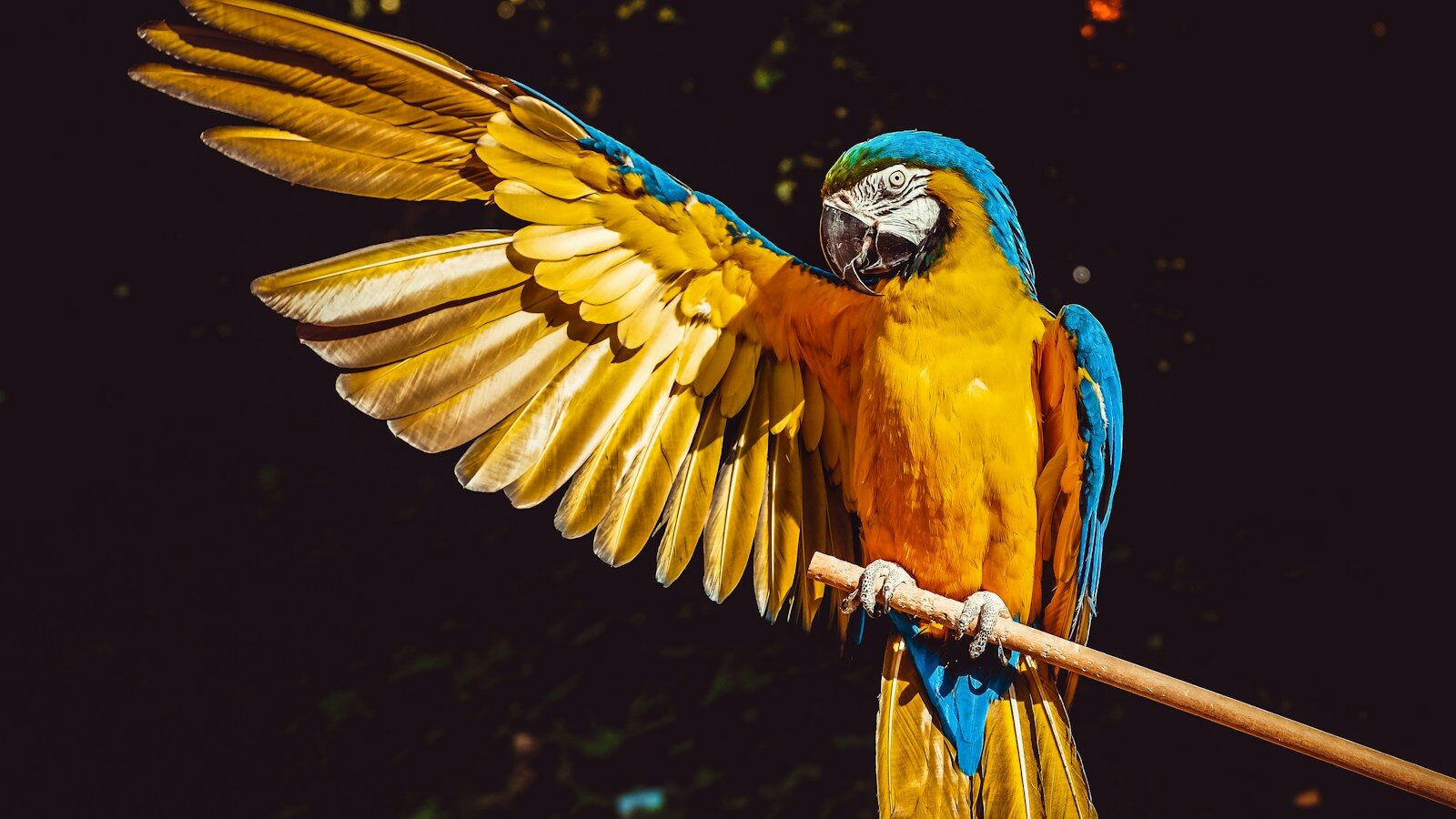




Leave a Reply